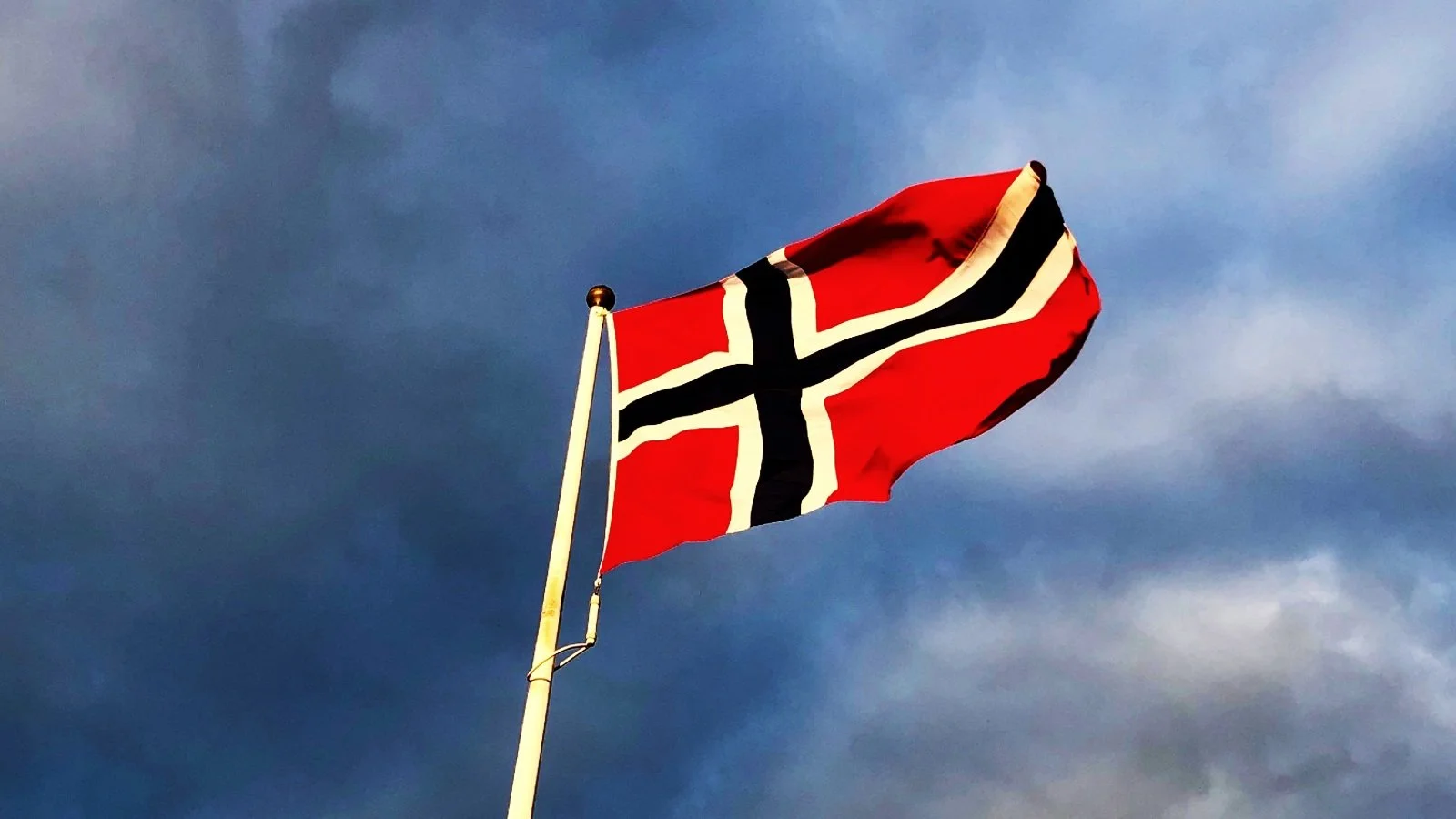

Disabling compression in HTTPS is advised to prevent specific attacks, but this is not about compression weakening encryption directly. Instead, it’s about preventing scenarios where compression could be exploited to compromise security. The compression attack is used to leak information about the content of the encrypted data, and is specific to HTTP, probably because HTTP has a fixed or guessable structure.








WIN+R , “shell:startup” in future by the way.
The other list you saw is programs that have added thier own AutoRuns registry keys.